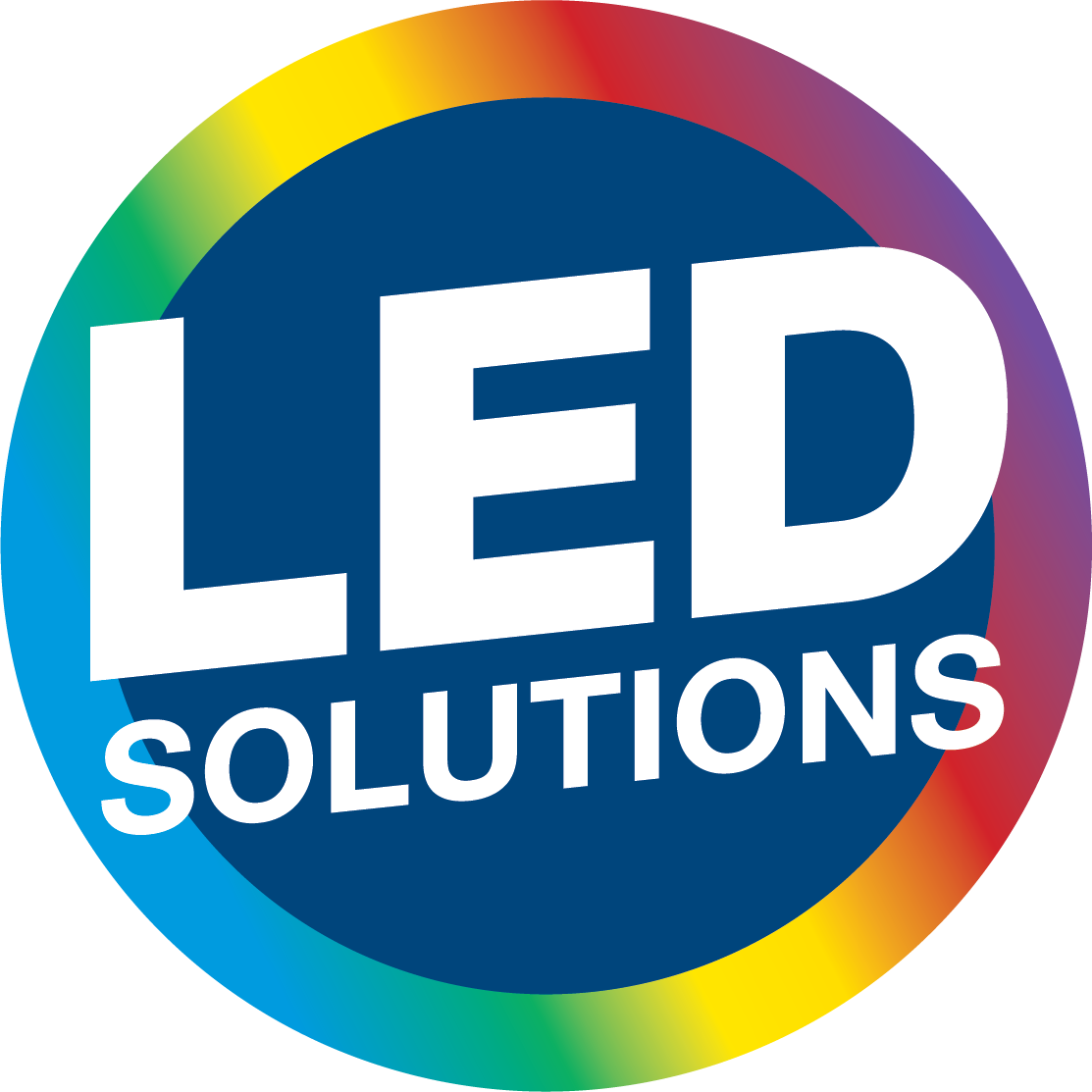When it was first developed, CRI was the best method to rate a light source’s ability to render color. Unfortunately, for non-continuous spectrum light sources, such as fluorescent lamps, the method does not accurately rate the source’s color rendering abilities. In fact, a high CRI can be produced by using three narrow spectrum lamps, one Blue, one Green and one Red. Because of this, the more stringent CIE publication 51 method was developed. GTI ColorMatcher® and Graphiclite® lamps achieve a Publication 51 rating of B/C, the rating required for critical color matching applications.
For further information on CRI, see GTI Technote #30 “What is CRI”.
CRI is the abbreviation for “Color Rendering Index.” It is a method of rating how well colors are rendered by a light source when compared to a theoretically perfect source. A CRI of 100 means it will render colors very well. A CRI of 23 means it will not. For color assessment applications, a minimum CRI of 90 is required. This rating system is becoming replaced by the rating system described in CIE Publication 51.
The C.I.E. (International Commission on Illumination) Publication 51 describes a standardized method to assess daylight simulator quality for colorimetry and color matching. The latest update from 1999 provides a rating system for the daylight simulators. The system is divided into two parts. The first indicates the quality of the source in the visible spectrum (400-700nm). The second indicates the source’s quality in the UV spectrum (300-400nm). An A/A rating is the best and an E/E rating is the worst. A rating of “B” in the visible spectrum will give between a 0.25 and 0.50 CIELAB Delta E visible difference, better than most people can observe. ASTM D1729-96, the standard for visual appraisal of colors and color differences, requires a rating of B/C for critical color differences and appraisal applications.
For information on the CIE and Publication 51, please see the CIE web site,http://www.cie.co.at/cie/.
Yes. Color viewing booths, used for color matching applications, should conform to ASTM D1729-96 (Society for Testing and Materials, an International orgainzation). This standard specifies the surround color of the booth, the light sources to be used, with their minimum color characteristics required, the light levels that are required on the viewing surface, and procedures. The daylight source, as specified by this standard, must have at least a CIE Publication 51 rating of B/C for critical color matching applications. For information on ASTM and the D1729-96 standard, please go to the ASTM web site, http://www.astm.org.
Most all samples will appear differently under light sources having different color characteristics. A Blue source will accentuate blue colors and subdue reds and greens. A Red source will accentuate red colors, etc. This is called Inconstance. Two samples can match under different light sources but both still shift in color. Inconstance cannot be eliminated, only reduced using the proper mixture of dyes or pigments. It is very important to know it exists and observe its effect on the color of the sample to see if the inconstancy is overly objectionable. Keep in mind that a determining factor in color is the light source. If the source does not have Red energy, there will be no Red energy for the object to reflect and therefore will not appear Red.
